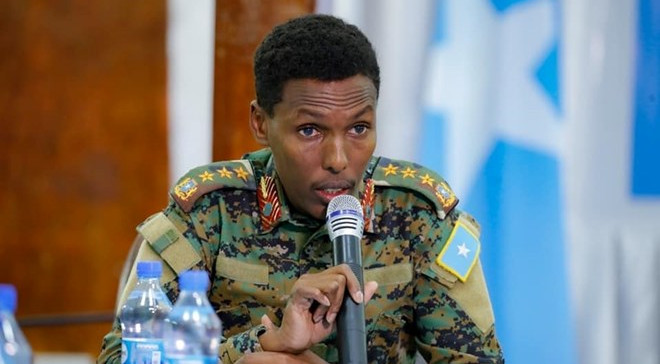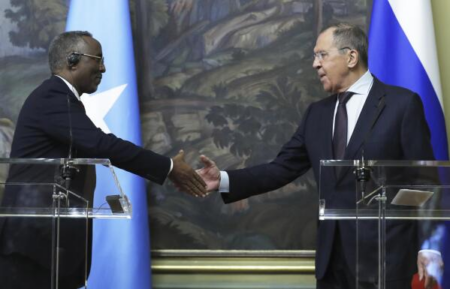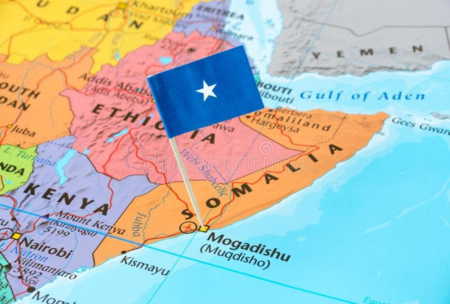Following recent military setbacks in the fight against Al-Shabaab, the Somali army chief is reportedly preparing to resign. The resignation comes after a series of territorial losses and public criticism over the army’s readiness and coordination. Government sources suggest a leadership reshuffle is underway to revitalize the country’s counterinsurgency strategy.
Somali Army Chief’s Resignation Signals Leadership Crisis
The resignation follows a series of military setbacks, with over 10 strategic towns falling to Al-Shabaab in the past three months. Analysts indicate an 18% increase in territorial losses compared to last quarter. Public trust in military leadership has declined by 25%, according to a recent national survey. The resignation of the Somali Army Chief has now intensified debate over structural reforms.
Military Morale Drops Amid Al-Shabaab Advances
Field reports show a 30% decline in troop morale, primarily due to repeated ambushes and inadequate supply lines. Casualty rates among frontline units rose by 12% last month alone. Surveys from internally displaced communities highlight a growing sense of insecurity. Several units have reported a decrease in operational readiness.
Government Under Pressure to Revamp Security Strategy
Parliamentary discussions on defense reforms have increased by 40% in the past two weeks. The Ministry of Defense is reviewing at least five new counterinsurgency strategies. Donor countries have called for greater accountability in military spending. Citizens demand a 60% rise in local troop presence in volatile regions.
Resignation of Somali Army Chief Raises Regional Security Concerns
Regional analysts warn that the leadership vacuum may trigger further instability. Neighboring countries have increased surveillance along shared borders by 15%. The AU and U.S. missions have requested strategic reassessment meetings. The resignation of the Somali Army Chief underscores the urgency of stronger military coordination. Analysts predict potential delays in ongoing joint operations if leadership gaps persist.








